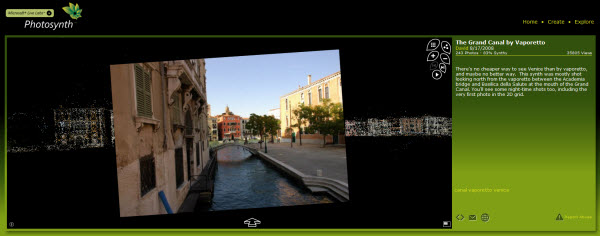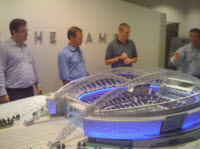
Colin Powell said that "There are no secrets to success. It is the result of preparation, hard work, and learning from failure."
On the other hand, I've found that insight often happens in an instant.
In Kung Fu Panda,
an overweight, seemingly uncoordinated panda transforms into the
unlikely hero of the story who battles evil and saves his village. The
turning point? His teacher recognized that during a quest for a snack,
nothing could keep our hero from his food. By integrating that in the
training routine, a star was born.
OK, that was a Disney movie. Maybe you want a real-life example?
My
youngest son, Zach, is learning to drive. Currently, I am working on
improving his mental map of where he is, where he is going, and how to
get there.
My early assessment was that he did not have much of
a sense of direction. This was making our time in the car together
either existentially funny – or stressful – depending on my mood.
"What
comes next?" was often followed by a blank look or a head shake. The
answer to "Which way do we turn?" was a seemingly random "north,"
"south," "east," "west," "right," or "left" — or sometimes several of
them.
Apparently, I was asking the wrong questions. He has an
encyclopedic knowledge of where restaurants are, and an uncanny ability
to get there. We just have to plot his course with the right
milestones (fast-food, pizza and ice cream).
He explained to me, "hey, I just do what works." And that makes a lot of sense; I'm just glad he found something that works.


